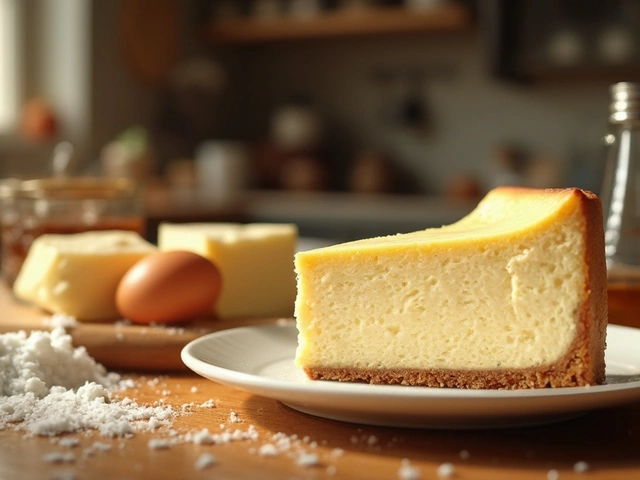Gelatin‑Free Sweets: Simple Swaps for Sweet Success
If you’ve ever avoided jelly desserts because of gelatin, you’re not alone. Whether it’s a dietary choice, a vegan lifestyle, or just a preference, there are loads of ways to keep your sweets silky without the animal‑based ingredient. Below you’ll find the core reasons to go gelatin‑free, the go‑to substitutes, and a handful of recipe ideas that fit right into your kitchen.
Why Go Gelatin‑Free?
First off, gelatin comes from animal collagen, so vegans and many vegetarians skip it. It can also cause texture issues for people with dietary restrictions or allergies. By ditching gelatin you open the door to desserts that everyone can enjoy – from kids at a birthday party to friends with specific diet rules.
Beyond ethics, gelatin‑free desserts can be just as smooth and set. The secret lies in choosing the right thickening agent and tweaking the cooking method a bit. Most substitutes work with the same temperature ranges you use for traditional recipes, so you won’t need a whole new skill set.
Easy Gelatin Substitutes for Sweet Treats
Agar‑agar is the most popular plant‑based option. It’s a seaweed extract that sets at room temperature and gives a firm bite, perfect for jellies, panna cotta, and no‑bake cheesecakes. Use about 1 gram of agar per 250 ml of liquid and bring it to a boil before letting it cool.
Pectin works wonders in fruit‑based desserts like jam‑filled tarts or fruit gummies. It needs sugar and acidity to gel, so follow the recipe’s sugar ratio for best results.
For a softer set, cornstarch or arrowroot can replace gelatin in custards and puddings. Mix the starch with a cold liquid first, then heat until thick – you’ll get a velvety texture without any wobble.
Want a dairy‑free alternative? Silken tofu blended with a sweetener creates a creamy base for mousse or cheesecake that’s completely gelatin‑free. Just blend until smooth, add flavor, and chill.
Finally, fruit purees like mango or raspberry can act as natural binders in no‑bake bars. They give a subtle set and add a burst of flavor.
Now that you know the swaps, let’s look at a few quick ideas you can try today.
Fudge without gelatin: Use the classic soft‑ball stage (around 235 °F/113 °C) and finish with a pinch of cornstarch for extra smoothness. No gelatin needed, just precise temperature.
Brownie bites: Add a spoonful of agar‑agar to the batter for a slightly firmer edge that still stays chewy inside.
Eggless cheesecake: Blend silken tofu, cream cheese, a bit of lemon juice, and sweetener. Set it with agar‑agar for a firm slice that holds its shape.
Vegan tiramisu: Swap the traditional mascarpone mix with a tofu‑cream blend and use agar‑agar to set the ladyfinger‑soaking layer. You get the same layered look without any gelatin or eggs.
All these tweaks keep the flavor profile intact while making the dessert friendly for everyone. The key is to respect the setting point of each substitute – a quick boil for agar, a gentle simmer for starches, and a chill for tofu blends.
Ready to give it a go? Pick one of the ideas above, gather your chosen gelatin‑free binder, and follow the usual recipe steps with the small temperature or ratio adjustments. You’ll be amazed at how smooth and satisfying the result feels, and you’ll have one more dessert on your repertoire that anyone can enjoy.
Feel free to experiment – a dash more agar for a firmer bite, or a splash less for a creamier finish. The more you play, the better you’ll understand how each substitute behaves. Happy sweet‑making, gelatin‑free style!

Are Jelly Sweets Vegan? What Every Sweet Tooth Needs to Know
Curious if vegans can eat jelly sweets? Dive into the sticky world of gelatin, plant-based alternatives, and tips for finding vegan-friendly candies.
View More




